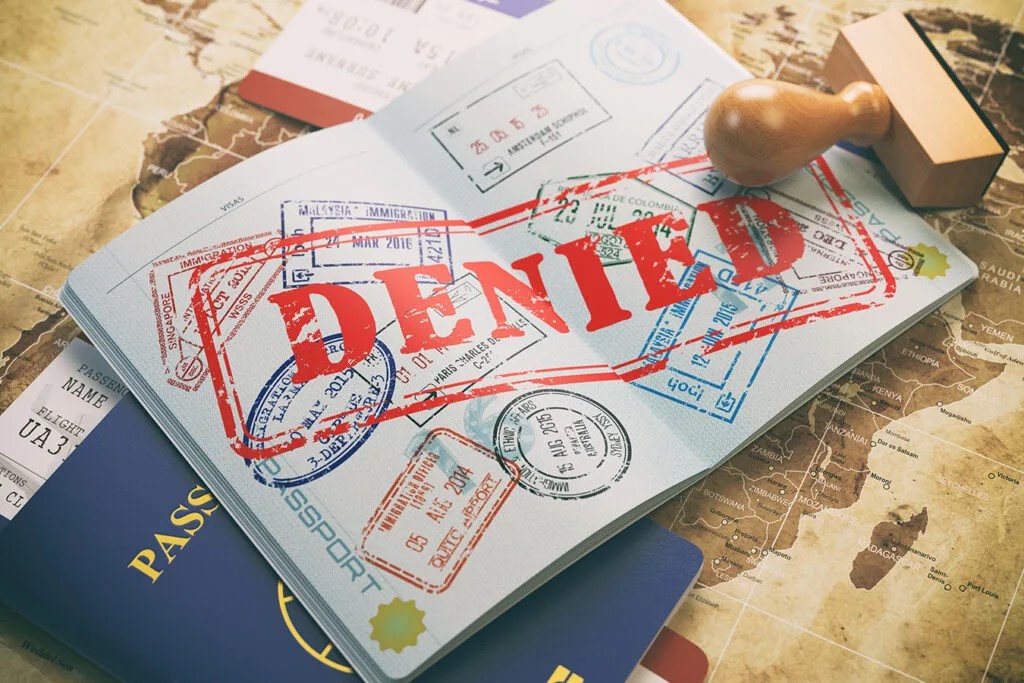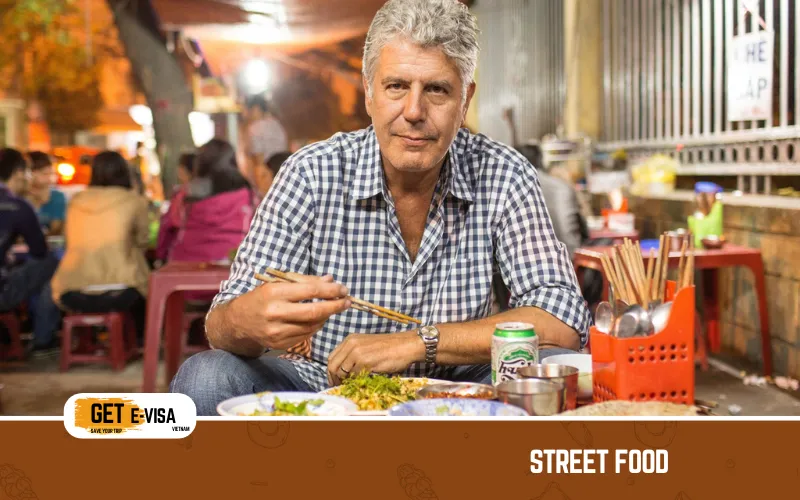Applying for a Vietnam eVisa is a straightforward process, but many applicants still encounter issues that can lead to delays or even visa denial. To ensure a smooth application process, it’s important to be aware of common mistakes and how to avoid them.

1. Incorrect Personal Information
One of the most common mistakes is entering incorrect personal details such as name, passport number, or date of birth. These errors can result in your visa being invalid or rejected.
How to avoid:
- Double-check all the information you enter on the application form.
- Ensure your name is spelled exactly as it appears on your passport.
- Verify your passport number and other details before submission.
2. Using the Wrong Passport Photo
The eVisa application requires a passport-style photo. However, many applicants make the mistake of submitting photos that do not meet the required specifications, such as wrong size, poor quality, or inappropriate background.
How to avoid:
- Follow the guidelines provided on the official Vietnam eVisa website regarding photo size, background color, and image clarity.
- Use a professional service if you’re unsure about the photo requirements.
3. Applying Too Close to the Travel Date
Another common error is applying for the eVisa too close to the intended travel date. The processing time for an eVisa can take up to three business days, and applying late could result in not receiving your visa on time.
How to avoid:
- Apply for your eVisa at least two weeks before your planned travel date.
- Check the status of your application regularly to ensure it is being processed without delays.
4. Selecting the Wrong Entry Port
Applicants sometimes choose the wrong entry port or airport on their application, which can lead to complications when arriving in Vietnam.
How to avoid:
- Make sure you select the correct port of entry based on your travel plans.
- If your travel itinerary changes, contact the Vietnam immigration department to update your eVisa details if possible.
5. Submitting an Expired Passport
An eVisa is linked to your passport, and submitting an application with a passport that is near its expiration date can cause issues. Vietnam requires that your passport be valid for at least six months from the date of entry.
How to avoid:
- Ensure that your passport has at least six months of validity remaining before applying for the eVisa.
- Renew your passport if it is close to expiration before starting the application process.
6. Overlooking Email Notifications
Some applicants miss important updates or notifications from the Vietnam immigration department because they do not check their emails regularly. These communications might include requests for additional information or corrections.
How to avoid:
- Regularly check your email, including your spam/junk folder, after submitting your eVisa application.
- Respond promptly to any requests or inquiries from the immigration department.
7. Not Printing the eVisa
After receiving your eVisa approval, some travelers forget to print it out, assuming that an electronic copy will suffice. However, you are required to present a printed copy of your eVisa upon arrival in Vietnam.
How to avoid:
- Print out several copies of your eVisa approval letter and keep them with your travel documents.
- Have an electronic backup copy stored in your email or on your device.
Conclusion
By avoiding these common mistakes, you can ensure a smooth and hassle-free experience when applying for a Vietnam eVisa. Taking the time to carefully review your application, adhering to the guidelines, and being proactive with your preparations will help you secure your visa without any issues.
Note: To ensure that your eVisa application process goes smoothly and to avoid any risks, you can use the services of companies that specialize in handling eVisa applications. For a small fee, they will help you complete all the necessary procedures, ensuring that your trip and your family’s journey are smooth and enjoyable. Using this service not only saves you time but also minimizes the risk of making unwanted mistakes during the visa application process.






